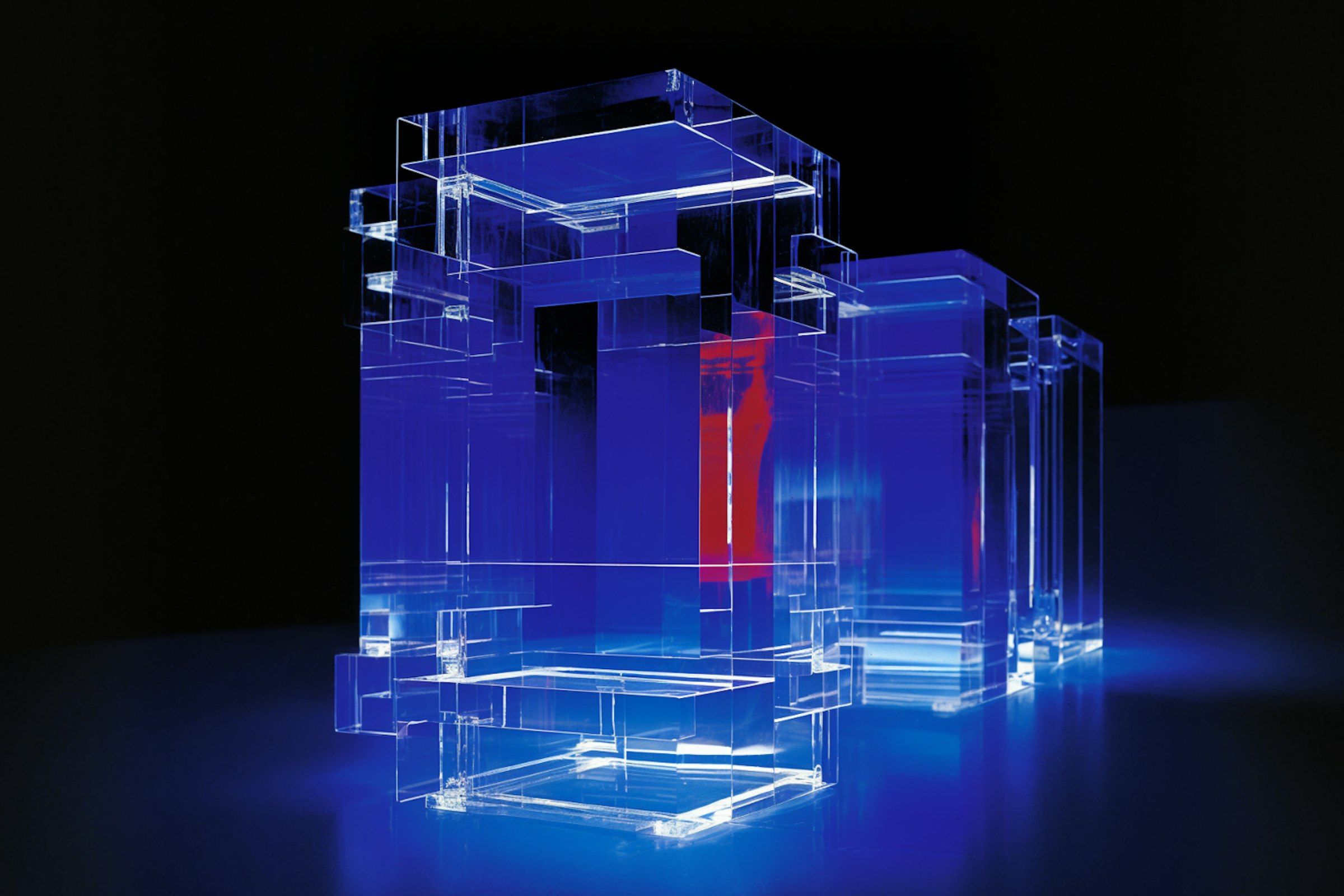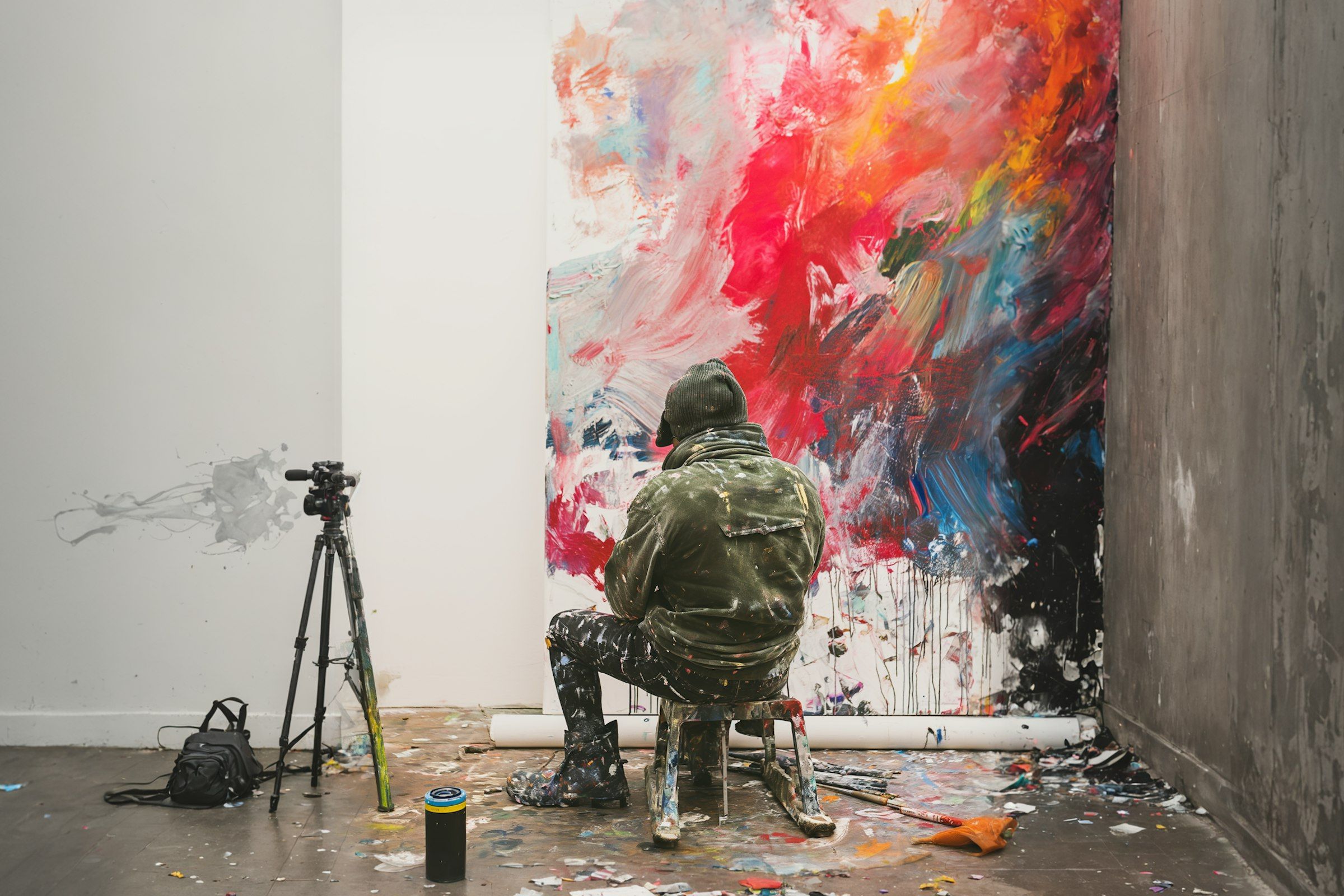The future of interactive design
Jun.2023
Leer artículo
↓
↓

The future of interactive design
Interactivity used to mean movement. A hover effect here. A parallax scroll there. But as technology evolves and user expectations shift, interaction is no longer a feature—it’s the experience itself.
The future of interactive design is not about making things busier. It’s about making them more intuitive, more alive, more human. It’s not just about how something looks or moves, but how it responds—how it listens, adapts, and invites.
Here are three core ideas shaping where interactive design is headed.
01 From Interfaces to Environments
Interactive design is moving beyond screens into full-scale environments. Think wearables, voice interfaces, spatial computing, and augmented layers that blend physical and digital realities.
The challenge now is not just about designing what’s on the screen but also how people move through systems—how they gesture, speak, glance, or even feel. Interactions are becoming less visual and more behavioral, less linear and more ambient.
This means designers must think architecturally—about space, flow, and sensory cues. As interfaces become more invisible, the experience becomes more immersive.
02 Emotion is the Next UX
We’ve optimized for usability. Now, we’re designing for feeling.
The future of interactivity lies in emotional intelligence, interfaces that aren’t just efficient but expressive, micro-interactions that offer delight, animations that soften the system, and sound design that shapes rhythm and tone.
We're entering an era where digital products won’t just function—they’ll have personality. The most compelling interactions will feel like conversations, not transactions. They’ll know when to help, when to pause, and when to get out of the way.
And as AI plays a more significant role, the emotional tone of interaction design will matter more than ever.
03 Personalization, Without Losing Integrity
We’re already seeing platforms adapt content to users in real-time. But the future is deeper: systems that adjust design based on who’s engaging—think variable UI states, dynamic layouts, content that responds to behavior, time, or context.
The risk here is fragmentation—too much variation, not enough coherence. The opportunity? Design systems that are flexible and intentional, retaining a strong visual identity while adapting to personal moments.
In the future, the best interactive experiences won’t be universal. They’ll be individual, but still recognizable and rooted in a brand’s core.
The future of interactive design isn’t about more complexity. It’s about more profound clarity. Experiences that understand, adapt, and feel alive.
It’s not about designing for users. It’s about designing with them—in real time, across real contexts, with genuine emotion.
COMPARTIR ARTÍCULO



